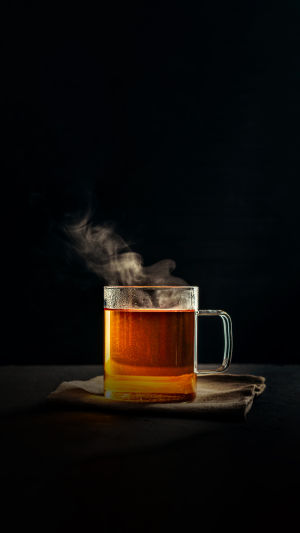British people are world-famous for their love of tea. Compared to China, Chinese people may prefer green tea, but the British love black tea. On their breakfast table, black tea and coffee have equal status and there is no other option; they are both equally important.
Since the Tang dynasty, Japan has been influenced by China to varying degrees in many aspects of culture and habits, especially in the tea culture. Even now, Japan still retains the custom of ordering tea, and almost all families in Japan have the habit of drinking tea after meals.
Making tea can be a kind of leisure and entertainment with family and friends, but if you want to seriously explore, how to make a good cup of tea can also be a profound learning and art.
Therefore, today will introduce the steps of making tea and teach you how to make a nice tea soup with the right consistency.
Once you have prepared the utensils and tea leaves, you can follow the steps below to make a good cup of tea with a great aroma.
1. Warm the cup
The first step in making tea is to fill the tea with hot water, that is, to warm the cup, by pouring boiling water into the teapot or cup in advance, generally the water temperature should be above 90°, as a way to warm the cup. Once the tea vessel is warmed up, the hot water is poured out.
2. Take the tea
A single brew of tea is about one tablespoon (about 6g). Try to use a teaspoon and take about the same amount each time. If you have the conditions, you can use a measuring tool and try to avoid taking the amount visually.
3. Feel with your hands whether the cup has reached the right temperature
When you feel the heat coming from the cup with your hands, it is the right temperature for making tea. If the temperature is not enough, you can re-warm the cup once.
4. Tea steeping
Take an appropriate amount of tea leaves and put it into a teacup or teapot and spread it flat. Fill with hot water that almost covers the tea leaves, and when you cover the cup or teapot, observe the state of the tea leaves immersed in the hot water. The tea leaves are usually soaked in hot water before covering the cup or teapot.
5. Extraction
When the tea leaves have absorbed the hot water and become orange and green, it is time to "pour" the tea. Then, in a series of movements, pour in the remaining hot water, cover the lid, and pour the tea broth into the sea of tea or the tea divider.
6. Pour the tea into small amounts
When pouring tea, you should pay attention to "evenly portioned and uniform in consistency". The best way is to pour the tea in small portions for easy adjustment. Observe the "state of the tea broth" and ask the person you are drinking with for their response. It is also important to make adjustments the next time you brew.
After the tea is finished, you can lift the bottom of the tea to see the state of the tea leaves. If the bottom of the tea is tilted to the bottom, you will know that "you must be more careful when pouring the tea next time". After pouring the tea, posture is very important, and the bottom of the tea will naturally lay flat after pouring tea properly.





